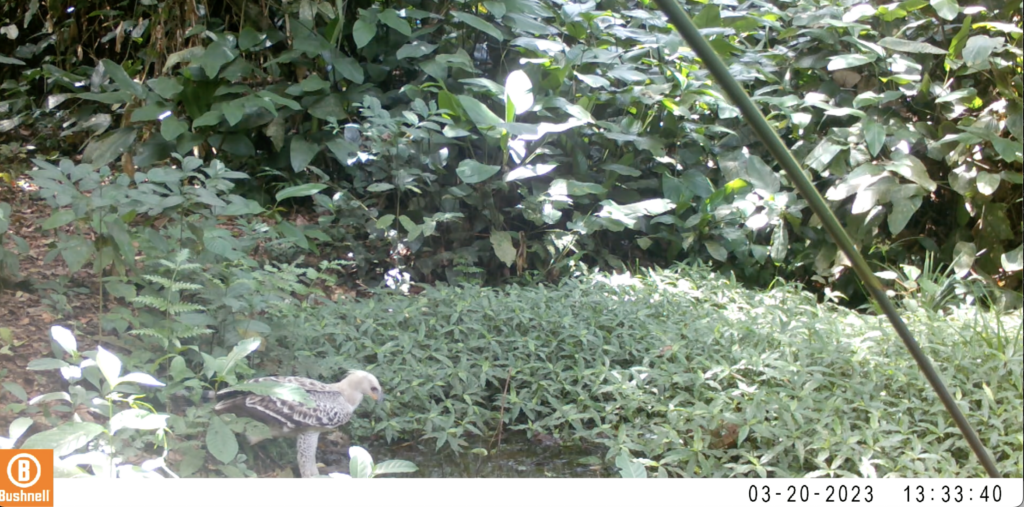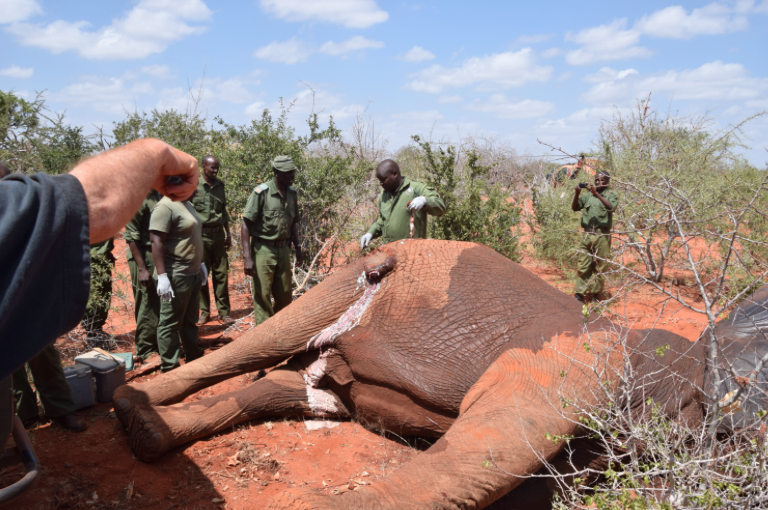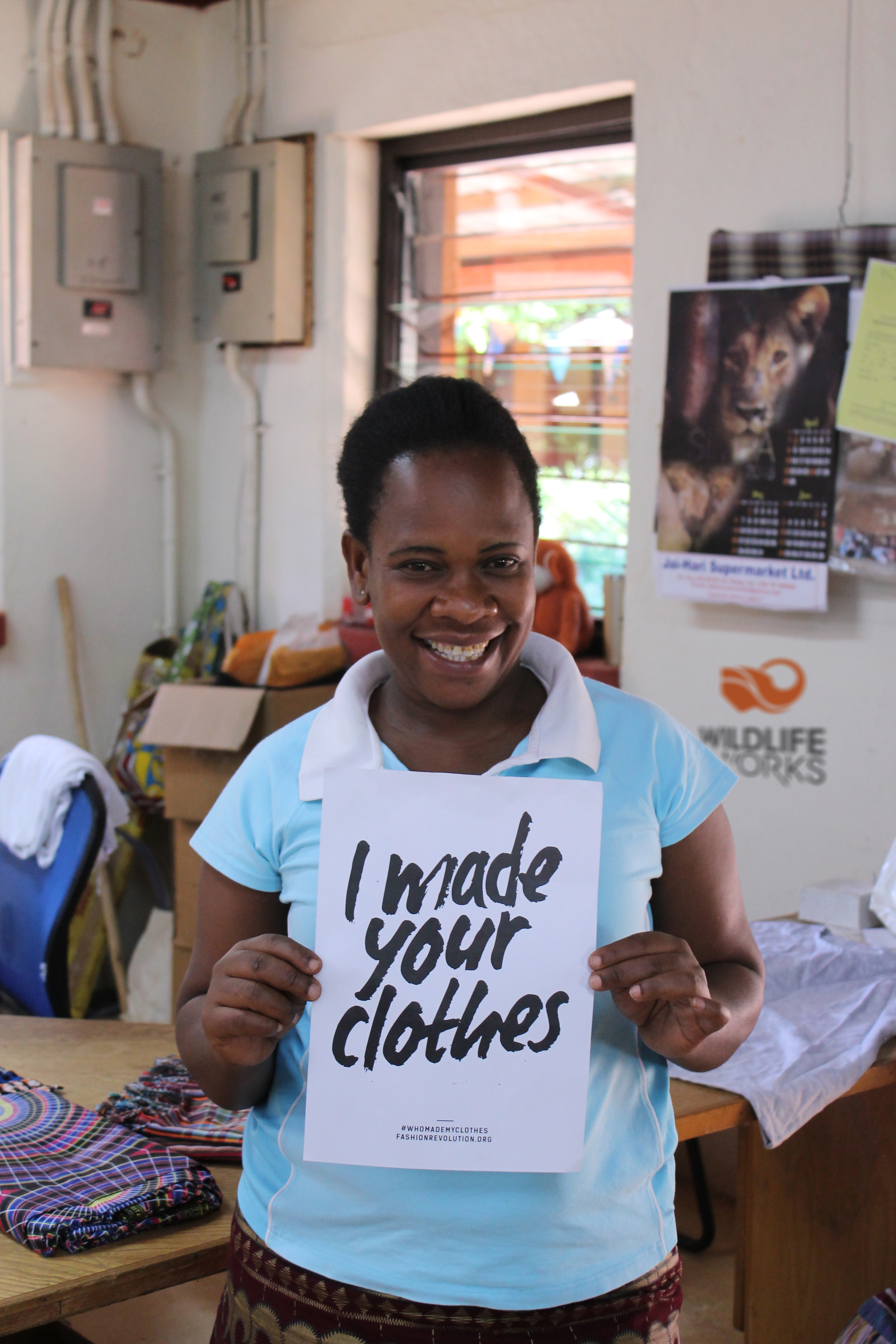De la Forêt: Meet Mathieu Bolaa, Wildlife Works Head of Biodiversity for the DRC
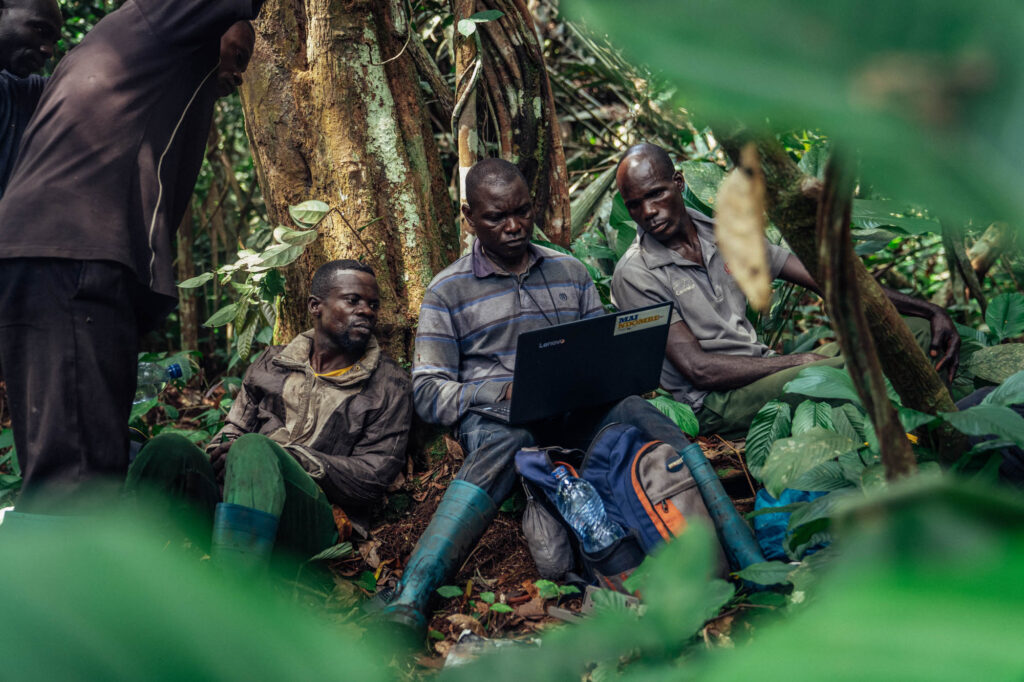
By Jerry Nguwa, DRC Communications Lead
From a societal point of view, Wildlife Works has worked with local communities to build schools, hospitals, and clean water wells, among many other achievements. It is on the ecosystem level that Wildlife Works has marked the province of Mai Ndombe, if not the whole world. Wildlife Works has given the world what no one thought was possible: the restoration of long extirpated species from the project area such as forest elephants and bonobos. The architect behind this grandiose fit is none other than Mathieu Bolaa, also known as “De la Forêt” (from the forest).
An alumnus of the University of Kinshasa, Mathieu “De la Forêt” Bolaa has a degree in Biological Sciences, with a focus in Ecology. Before joining Wildlife Works, De la Forêt worked for two years at the African Wildlife Foundation, AWF, where he led the service for the habituation of Bonobos to human presence and the ecological monitoring of large mammals in the reserve of Iyondji and Lomako between 2010 and 2012.
It was in February 2012 that Mathieu Bolaa joined Wildlife Works as Head of the Biodiversity Department, and became responsible for the ecological monitoring of large mammals and human activities in the Mai Ndombe REDD+ project. Despite his busy schedule, I managed to meet him for an interview which revealed many insights into the critical work he and his team do.
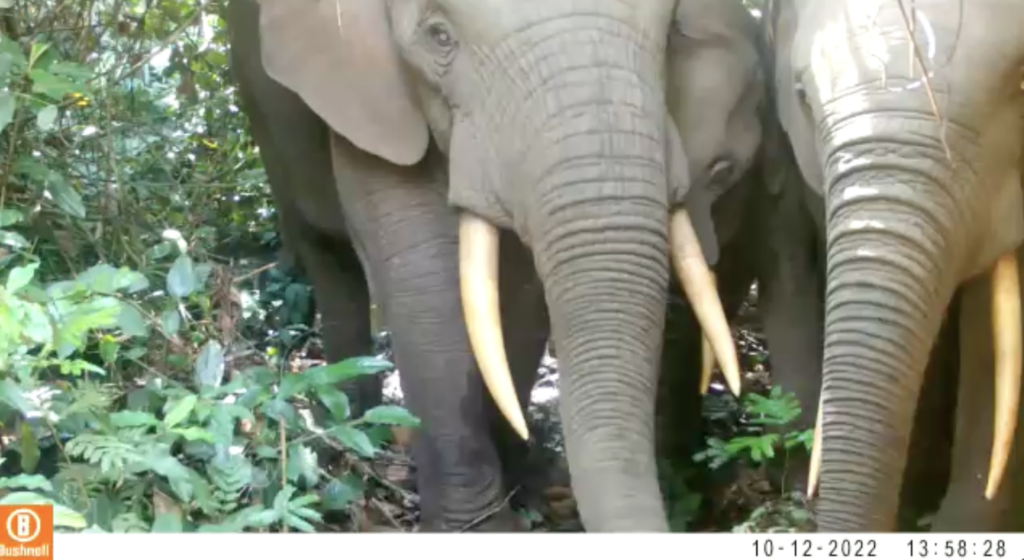
Forest elephants (Loxodonta cyclotis), once absent from the forest due to the surrounding logging company, have now returned to the Mai Ndombe REDD+ project area. Copyright Wildlife Works.
Mathieu Bolaa: My performance in Mai Ndombe is self-rewarding. Apart from the restoration of the fauna (primates and pachyderms) you will notice that the populations of animals captured on video by our camera traps generally represent a young population. This demonstrates that reproduction is effective, since animals reproduce only in an environment that is safe for them.
You will also notice that unlike in the past when the images of animals captured by our camera traps were nocturnal, daytime images have become the norm. This proves sufficiently that they are now comfortable in our project area. They no longer fear poachers who forced them to live hidden. More than once, wildlife, specifically elephants, have invaded villages to feed on fruits and vegetables than later return to the forest.
They pose no danger to humans. Aggression in animals develops when they feel threatened by humans. This is not the case in Mai Ndombe. We nevertheless note a few cases of invasion of agricultural fields. Wildlife Works pays compensation after damage assessment.
Wildlife Works: Last year, we saw one of the camera trap images showing a leopard’s tail. Have you captured any more evidence of leopards in the project area?
Mathieu Bolaa: Regarding the image of the tail, we still haven’t been able to capture a full image. Nevertheless, we can assure you that a population of leopards exists within our plots, albeit small. On several occasions I have personally collected signs indicating the presence of felines such as droppings, footprints, and other signs. Also keep in mind that leopards are very discreet animals.
Wildlife Works: Tell us about the restoration of the elephants in the concession.
Mathieu Bolaa: In 2013, we observed the first signs of elephants, albeit old, in the forest near
Ngeleku in the FORESCOM stratum. It was after consultation with the local communities that we learned of the presence of elephants near the Panza I and Panza II villages in the territory of Kutu outside our project area. In this area, we had found more recent signs of pachyderms. We understood that the work of restoring the elephants in the concession will be difficult. The elephants had deserted our concession due to poaching. We were hoping to make the concession hospitable for their return.
WW: Tell us about the first sight of elephants in the compound.
Mathieu Bolaa: It was emotional. I cried tears of joy when I saw the first 3 nocturnal images of elephants in our compound. It took 5 years of hard work to achieve this result. The first elephants on our camera traps were seen in the Ilee Forest to the southwest of our concession. This event put an end to the speculations and criticisms that qualified our expeditions as tourist hikes.
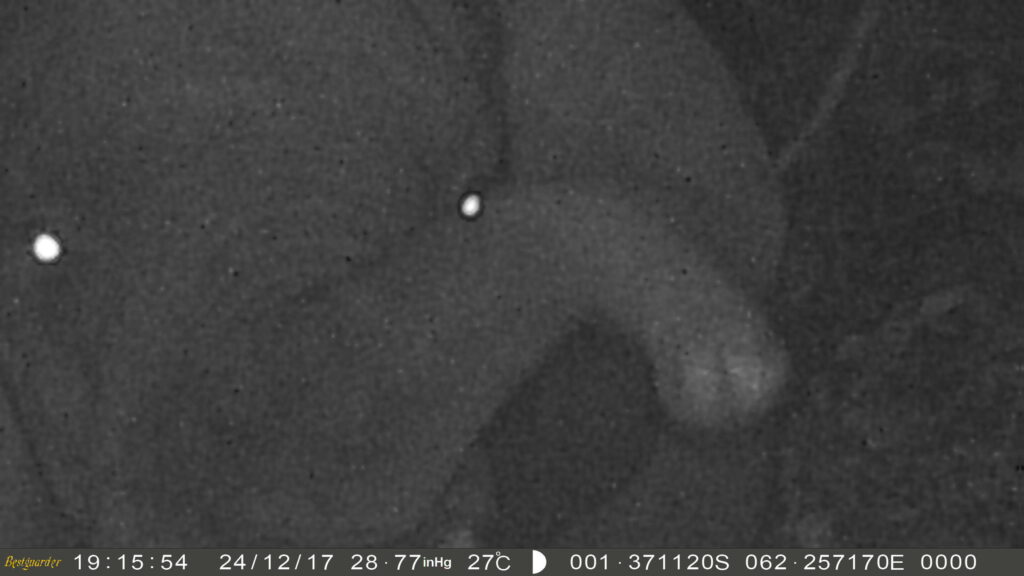
The first camera trap image captured of forest elephants (Loxodonta cyclotis) after they returned to the Mai Ndombe REDD+ project area. Copyright Wildlife Works.
Wildlife Works: What are the biggest difficulties encountered?
Mathieu Bolaa: Beyond science, there is a cultural and mystical aspect that we should add to biodiversity to succeed. For the most part, the cultural guardians or village chiefs refused to give us the positioning of the elephants. According to their belief, it would be treason to divulge the whereabouts of animal totems. It took a lot of persuasion to convince them.
Wildlife Works: There were some unusual encounters?
Mathieu Bolaa: We met some of course. Sometimes we found tracks of elephants walking in the direction of our camera traps then suddenly changing direction and other manifestations beyond human understanding. The animals could stand in front of the cameras without being filmed. It was only after negotiations with the customary chiefs that we managed to obtain the images. Because biodiversity monitoring is not just science, community integration matters a lot. I still want to emphasize that we are not only focusing on inventories of large mammals. We are interested in birds and other species. We have images of Hornbill, Golden Eagle, Civet etc.
A rare Golden Eagle (Aquila chrysaetos) at the Mai Ndombe REDD+ Project in the Democratic Republic of Congo. Copyright Wildlife Works.
WW: What are your prospects?
Mathieu Bolaa: I can assert that we have not exploited other aspects of biodiversity such as ecotourism. We must first enter partnership with institutions of great reputation in the world to deepen knowledge on bonobos, elephants, and other species. We are a commercial enterprise. We should invest in training to generate more capital.
WW: What are your ambitions for the years to come?
Mathieu Bolaa: I would like to leave a rich heritage to the youth to ensure continuity of the work done. I would also like to climb the ladder within the company.

Bonobos (Pan paniscus) are critically endangered, but their populations are growing within the Mai Ndombe REDD+ project area.


